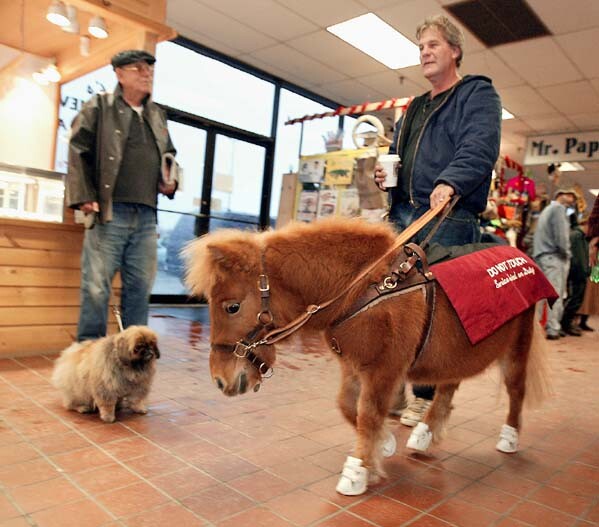Woof! Hi there, I’m Liliana, the Chief Happiness Officer at AccessibilityFirst Solutions. While my job is to bring smiles and tail wags to everyone around me, today I want to talk to you about some of my fellow furry friends—service animals. They have a different, very important job, and it’s more than just guiding people who are blind. Understanding Etiquette and gaining a Paw-spective on Service Animals helps us respect their work.
The Many Roles of Service Animals
Service animals are incredible! They come in all shapes, sizes, and breeds, and each one is trained to assist their human in unique ways. For example, some of my friends help people with hearing loss by alerting them to important sounds like doorbells or fire alarms. Others might assist people with mobility challenges, helping them pick up items, open doors, or even keep steady while walking. There are also service animals who can detect when their human is about to have a medical emergency, like a seizure or a drop in blood sugar, and alert them in time to get help. When you understand Service Animal Etiquette, you’ll know how vital their roles are.
Here is a different Paw-spective on Service Animals, they aren’t limited to dogs like me, either! You might see a miniature horse performing these duties too. Each service animal is specially trained to meet their human’s needs, and they take their jobs very seriously—just like I take my job of spreading happiness seriously! That’s why knowing Service Animal Etiquette is so important.

Service Animal Etiquette: What You Should Know
While my job is to be as friendly and approachable as possible, service animals have to stay focused on their work. Here are some important tips on how to act around them:
- Don’t Pet or Distract Them: Service animals are working, even if they’re as cute as me! Petting or talking to them can distract them from their important tasks. Always ask the human first if it’s okay to interact. Keeping proper Service Animal Etiquette in mind ensures their focus remains on their human.
- Give Them Space: Service animals need room to do their job effectively. Try not to crowd them or block their path. They’re busy making sure their human is safe and sound. Practicing Service Animal Etiquette means giving them the space they need.
- No Treats, Please: While I’d never say no to a treat, service animals have strict diets managed by their humans. Giving them food can be a big distraction and might even make them sick. Service Animal Etiquette includes not feeding them.
- Speak to the Human, Not the Animal: It’s best to address any questions to the human rather than the service animal. This helps the animal stay focused on their important work. Good Service Animal Etiquette involves respecting this rule.
Spreading Awareness, One Paw at a Time
Service animals are more than just helpers—they’re lifelines to independence, safety, and companionship for their humans. So, the next time you see a service animal, remember that they’re hard at work, and respecting their space helps them do their job. Proper Service Animal Etiquette is crucial in supporting them. You also can support my friends at Guide Dogs of America. Support them so they can change the world for someone else.
As for me, I’ll continue my mission of making the world a happier place, one wag at a time. Thanks for reading!
Woof! 🐾

Liliana is the beloved Chief Happiness Officer at AccessibilityFirst Solutions LLC, where she brings joy and a wagging tail to everyone she meets. As a caramel-colored canine with a heart as big as her paws, Liliana takes her role seriously, ensuring that the office atmosphere is always filled with positivity, laughter, and the occasional belly rub. When she’s not busy spreading happiness, Liliana enjoys lounging in the sun, chasing after her favorite toys, and going on long walks with her human, Michael Harshbarger. Though she’s not a service dog herself, Liliana is passionate about the important role that service animals play in people’s lives and is always eager to raise awareness about proper etiquette around her hardworking furry friends. With a nose for good vibes and a knack for brightening even the gloomiest days, Liliana is more than just a dog—she’s the heartbeat of AccessibilityFirst Solutions, reminding everyone that a little love and a lot of tail wagging can go a long way.
